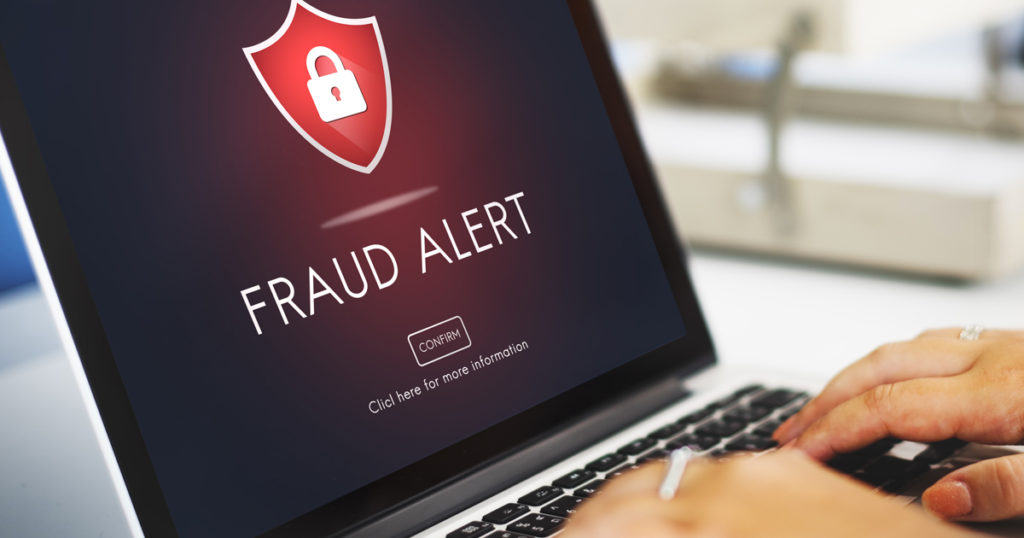
The recent barrage of ransomware attacks should serve as a stark warning to any person who spends time in the digital world. Anyone who uses email, shops online, processes online transactions, or makes mobile payments is a target of cybercriminals seeking to exploit their vulnerabilities. In fighting off these relentless attacks, vigilance from legitimate actors—both consumers and businesses—is the first line of defense against digital fraud.
Common Types of Online Fraud
Phishing
Sophisticated phishing attacks are on the rise. You receive an unexpected email from a bank, government agency or company that looks legitimate. The email, which is personalized in your name, includes an urgent call-to-action to update your account information or prevent an account from being closed. You click on the link and are taken to a official-looking website where you enter your login credentials, handing the keys to your account to a cyberthief.
Viruses and Spyware
Many of the successful ransomware assaults have been the result of sophisticated phishing expeditions. A phishing email can also contain a link that, if you click on it, unleashes a ransomware virus or spyware that tracks all your online activities.
Pop-up Ads
Those annoying pop-up ads can sometimes mask a link to a fraudulent website, awaiting your login credentials or personal information.
Steps to Take Right Now to Combat Online Fraud
- Make sure your anti-virus software is up to date
- Scan your computer frequently for spyware
- Use an adblocker (such as uBlock Origin) and keep it on
- Do not click on any links in an email received from an unknown source
- Do not download any apps unless you can verify the source
- Use a password manager to encrypt and keep track of your passwords
Alpine Bank takes measures to ensure your information safe and secure, including our 360Control online management service. Learn more about our security methods here.
About This Author

Ross Bentzler
Ross Bentzler is Executive VP and Information Security Officer for Alpine Bank. Ross has worked in the information technology field for two decades, focusing on information security for 13 years.
More about Ross Bentzler


